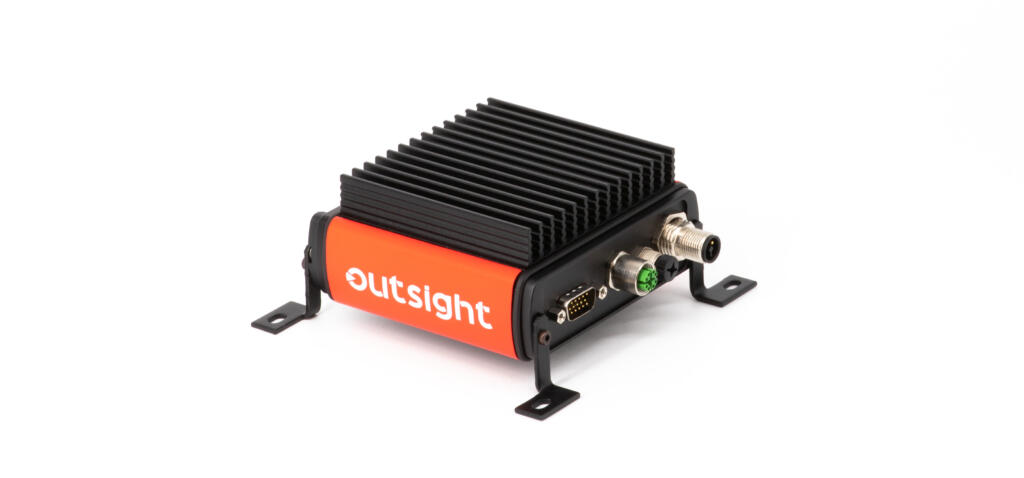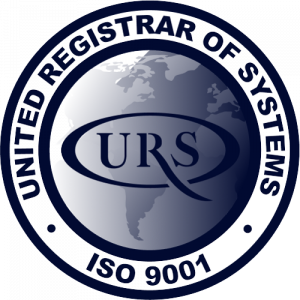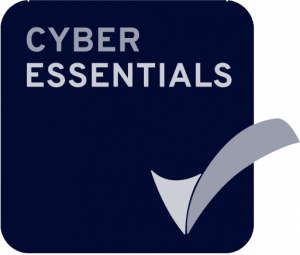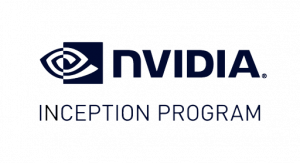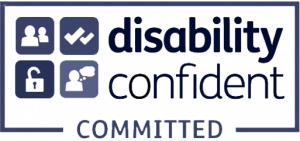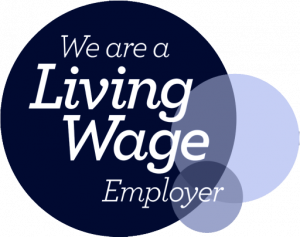All About AUTOSAR
AUTOSAR is a well-established suite of standards developed and adopted by a pan-industry group of manufacturers, many of whom deem it important enough to dedicate full-time engineers to its development and integration as a key route for products to communicate with each other once they’re in the vehicle R&D lifecycle.
To find out more about how this related to autonomous vehicles, we caught up with Dr Thomas Scharnhorst. Thomas is an engineer and consultant for Wi-Tech Engineering, and active spokesperson for AUTOSAR, as such he travels regularly to international events to present, as well as bring industry players together so that new technologies can more readily work with other parts of the vehicle.
You’re heavily involved in AUTOSAR, which we’ll come to in a minute, but tell us about WiTech first…
WiTech-Engineering GmbH is a small management and technology consulting company located in Braunschweig, Lower Saxony, Germany. The management partner and CEO of WiTech is Professor Dr Ulrich Seiffert, a former member of the Volkswagen board responsible for group research and development. The aim is to promote cooperation between industry and research and to improve technology transfer between different institutions.
Is it a failure that the industry needs so much support from the academic sector, and likewise that universities rarely commercialise their research successfully?
This is a good question and not so easy to answer. Thinking from the end I would not speak of failure, since both pursue different goals and can support each other. In my experience, successful projects for both sides include common university and industry joint projects sponsored by national or European funds, where industry strategic needs are setting up the agenda. One example was Prometheus in the 1990s.
AUTOSAR is a widely adopted and mature architecture, what are the main challenges in maintaining an evolving architecture with so many partners?
Since the future architectures of automotive systems are seen besides embedded software systems more and more a mobile phone on wheels, the partnership needs to integrate new partners from IT hardware and software vendors. A second important challenge is to increase the penetration of the standard in various heterogeneous markets like China, India… For that, we are adapting our organization to get closer to such areas, with the aim of taking into account their specific needs earlier.
What’s the biggest new complexity that autonomous driving brings to the existing software eco-system in vehicles?
Decision making for engine, steering, braking on the basis of sensor object detection, data fusion, environmental models with estimation of other traffic participants behaviour.
How will AUTOSAR interact with autonomous vehicle systems and technologies?
AUTOSAR (Classic and Adaptive Platforms) offers a platform for safe and secure communication and diagnosis within a single ECU and a network of ECUs and HPC (high-performance computers) on which applications for autonomous driving and connectivity can be easily integrated, scalable across different automotive product lines. AUTOSAR supports the download of software over the air into the car and integrating new applications into the vehicle communication network while the vehicle is under operation.
What standards are still missing from these technology areas?
It’s a bit to early to discuss. For a new standard it needs a mature, applied technology and a strong desire to cooperate on standardization by many partners. In autonomous driving technology many items are still under strong competition and not yet proven.
Recruitment is a growing problem across this sector, as the automotive sector is having to compete with other more established digital industries – what else can the industry do?
Industry needs to recognise and organise with regards to that 90% of innovations are driven by software. We are willing to broadcast more and more AUTOSAR knowledge across the University world throughout courses/projects in order to increase the availability of skilled engineers in our specific area.
Level Five is a job board first and foremost, so we must dip into your own training – how did your first degree evolve into your career?
I believe that I had a very solid study at Technical University Berlin in mathematics, mechanics, electrotechnics and control theory ending up with an engineering diploma. Thereafter I got a scholarship for studying computer science and aeronautics at MIT, Cambridge, USA ending up with an MSc degree. This led to a career for some years at Volkswagen research department before becoming responsible for electronic development for series car development.
What advice would you give to someone looking to specialise in your expert area, who should they talk to, emulate, study, read and work for?
Since the future architectures of automotive systems are seen besides as embedded software systems more and more a “mobile phone on wheels”, the partnership needs to integrate new partners from IT hardware and software vendors.
Lastly, plug time! Tell us about what AUTOSAR offers to help people on their journey into the autonomous vehicle sector
First of all, the AUTOSAR platforms are enablers for autonomous driving. So start-up companies setting up applications and functionality for autonomous driving can use AUTOSAR platforms on which their applications can be integrated. By this they find an entry point for discussing their solutions with the automotive industry in a solid way. More information is available on www.autosar.org – particularly on becoming a member.
I highly recommend students and young professionals to gain as much practical experience as possible to find out what they are interested in. Be curious and never stop learning! Visiting specialised conferences and talks are good for this as well as keeping up-to-date with new developments in research and industry.
You want to know more about AUTOSAR? We are happy to answer your questions, either at comm.support@autosar.org or at spokesperson@autosar.org.

